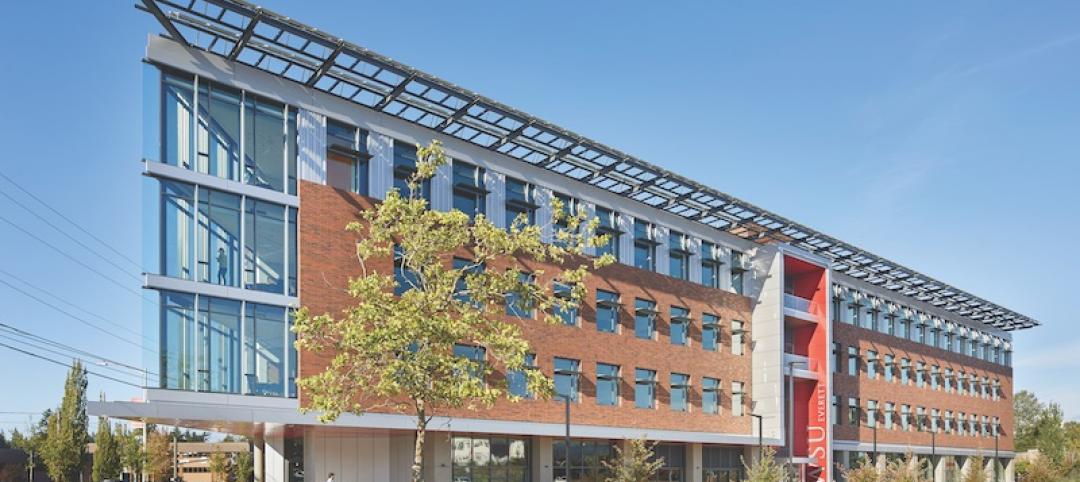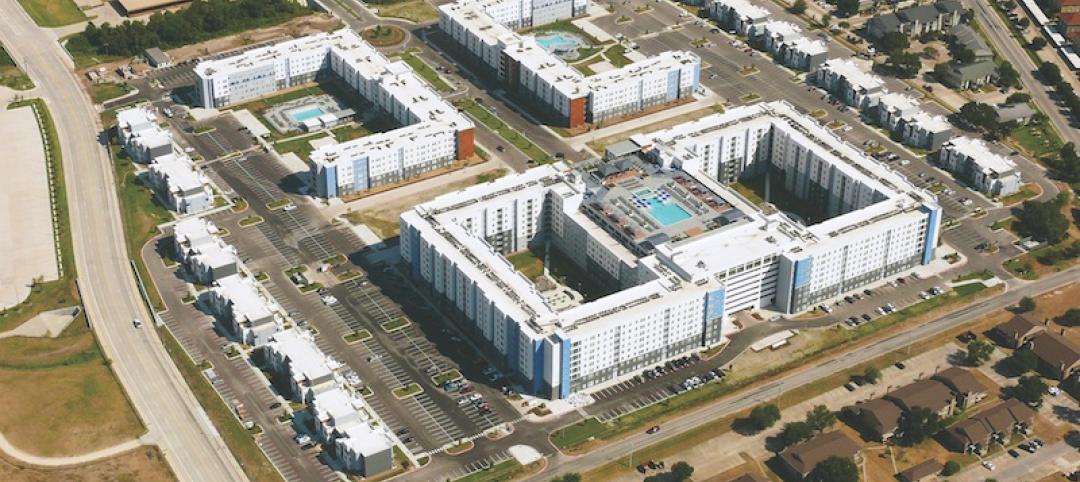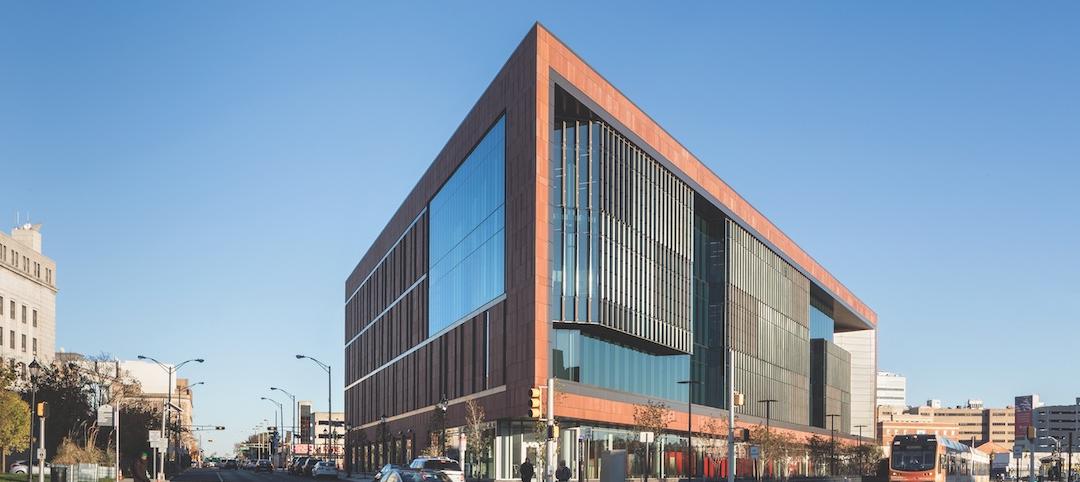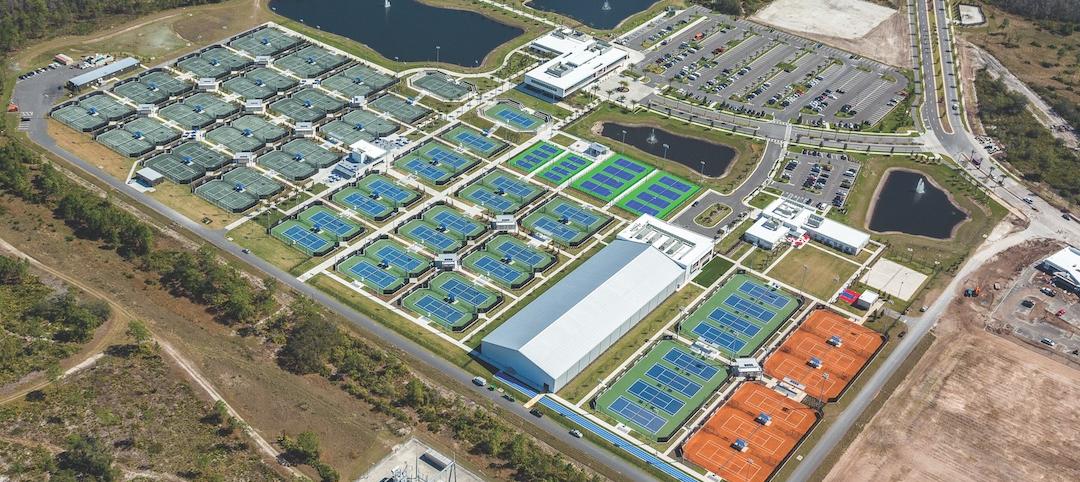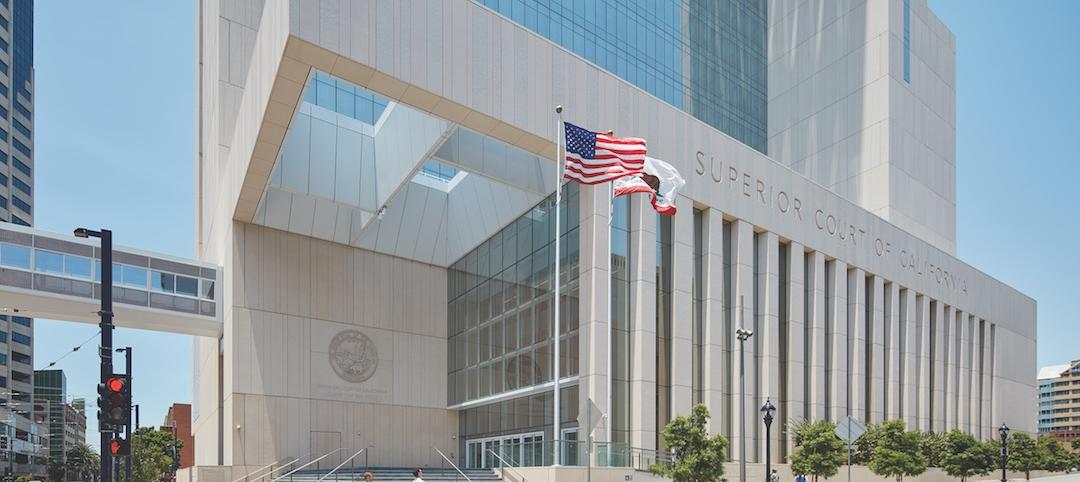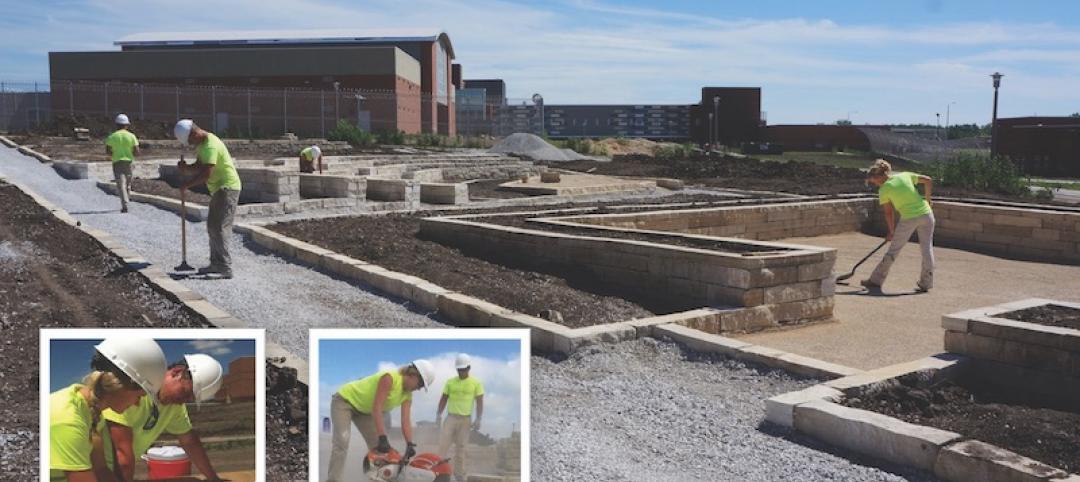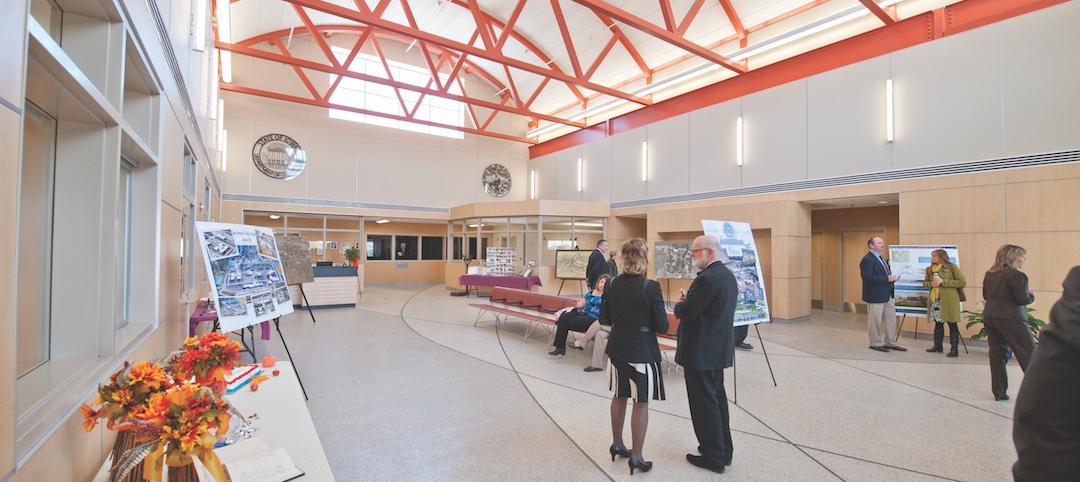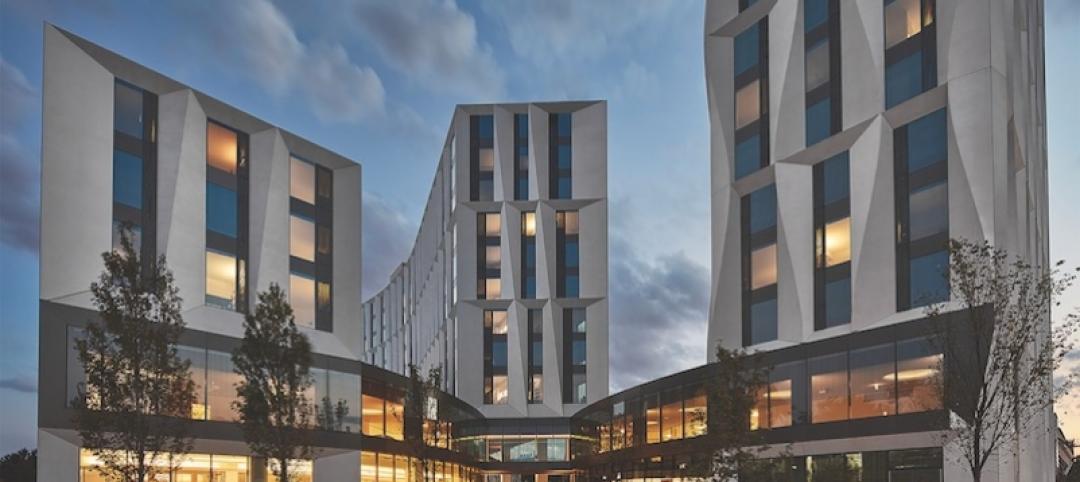This two-story project, built atop a very active 191-bed hospital, was completed seven weeks early and 10% under budget. It added 150 all-private acute care beds, seven pre-op rooms and an operating room, and two post-anesthesia care beds. The construction was accomplished without a single reportable injury in more than 311,000 hours worked.
The expansion was the hospital’s response to its rapid growth since opening in 2014. Patients from 45 different Texas counties and even other states seek out Methodist Richardson for its services. Consequently, the hospital initiated this vertical expansion eight years ahead of its 2025 schedule.
Among the issues that this expansion grappled with was the hospital’s vehicular congestion, which preceded this project but also impacted its construction. The project’s first phase included building a $12 million, seven-level, 671-space parking garage, which opened before the Building Team could claim other surface parking areas it needed to accommodate tower cranes, trailers, and the materials lay-down area. The team delivered the garage in eight months.
To minimize interference with the hospital’s traffic, the Building Team implemented just-in-time material deliveries; any products that needed to be unloaded by crane had to be onsite before 9 a.m. The project’s trades had to be strategic and communicative about scheduling and sequencing.
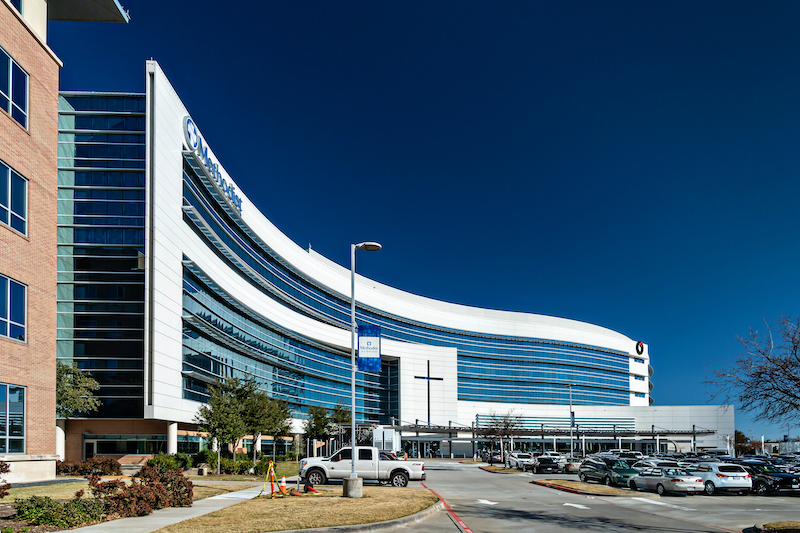
Technology prevails
The Building Team used 3D laser scanning, GPS, and conventional survey methods to support its 3D as-built structural model. These data enabled the Team to transfer column grids quickly from the existing hospital to the two new floors, thereby releasing steel fabrication packages ahead of schedule.
The use of technology, in fact, was prevalent throughout the project, and provided the owner with documentation that included a fully attributed BIM record model and 360-degree photos of the entire site during each construction phase.
Right from the start the hospital insisted that its fourth floor, which includes its NICU, nursery, and surgery recovery areas, could not be shut down entirely during construction. The Building Team also needed to come up with creative solutions to make the expansion appear aesthetically seamless with the rest of the building.
Planning and designing the expansion’s curtainwall was this project’s biggest single challenge. Extending the hospital’s existing curtainwall another two stories would have required opening the 4th floor to exterior elements, and would have added up to five months and $2.1 million to the construction schedule and budget, to say nothing of the lost revenue while that floor wasn’t functional.
The Team considered four options, and ultimately went with a custom spandrel glass infill system to achieve the desired visual effect with minimal impact to the exterior envelope. The Team installed a new framing and glazing system that allowed contractors to perform their work on outside platforms without having use the building’s 4th floor interior for curtainwall tie-in access.
Erecting new steel on the roof of the hospital for the expansion was another problem to be solved without causing too much disruption to the 4th floor operations. The Building Team expedited the construction by sequencing the installation of stub columns: the roof would be opened at the embedded point, the four-ft-long stub column welded in place, and then the roof would be closed and resealed. This process was repeated over 150 times.
The use of stub columns allowed the Team to better control its exposure to the weather and manage the risk of water infiltration.
A plan was devised where no more than four rooms on the 4th floor were ever shut down at once. That plan included a Method of Operating Procedures to help the hospital’s staff understand the impact of a total of 21 major shutdowns and more than 100 minor shutdowns. Over 100 penetrations through the 4th-floor ceiling were made to install mechanical and plumbing tie-ins from that floor, which included “heavy involvement” by the hospital’s nursing staff for planning and coordination. This phase was completed seven weeks early. During this phase, the Building Team deployed over 1,500 5/8-inch-thick rubber mats to tamp noise and vibration.
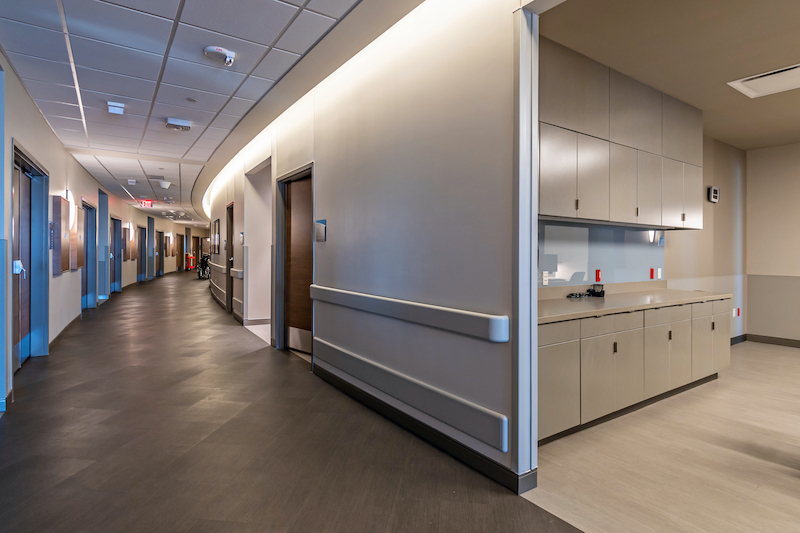
Early mechanical installation
Other noteworthy achievements that led our judges to bestow a Gold award on this project include the following:
• Typically on projects like this, the central utility plant equipment is installed during the later stages. What made this project unique is that, in order to support the new loads for the additional floors, the CUP equipment had to be built and online a year before the addition opened. Each piece had a long lead time, so installing them early offered benefits that included performing system tie-ins in ways that were flexible to the hospital’s schedule.
• The hospital’s three air handling units (AHUs) continued to function during the construction. When the expansion was complete, the hospital was switched over to new AHUs. To do this, the Building Team built two floors of steel, connected the original ductwork to the expansion’s duct, set the new AHUs on the roof, and connected the power to the electrical rooms. Because the original AHUs—which were not meant for indoor use—would be completely encapsulated, the Team had to create temporary exhaust systems and roof drains to ensure the units remained functional and didn’t create hazardous conditions inside the building.
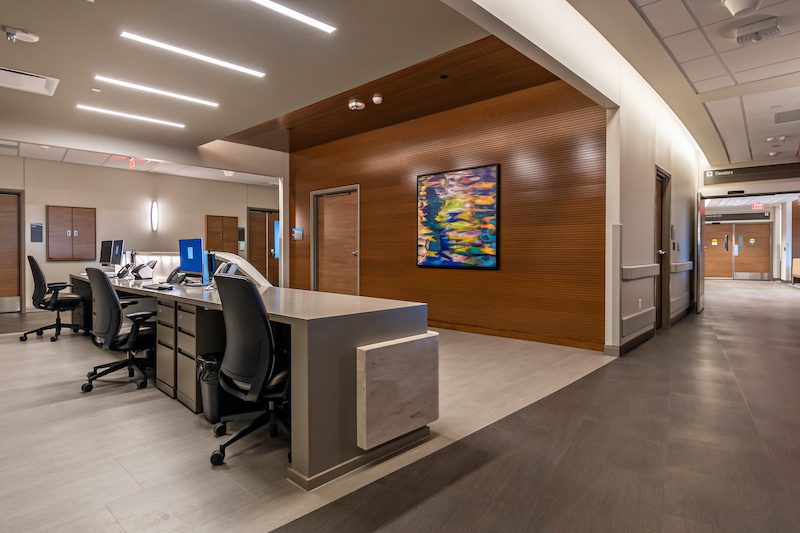
Submitting firm, GC and CM: Skiles Group
Owner/developer: Methodist Richardson Medical Center
Architect: Perkins and Will
Structural Engineer: L.A. Fuess Partners
MEP Engineer: WSP
Size: 103,700 sf
Construction time: August 2018 to December 2019
Cost: $55 million
Delivery method: CM at Risk
Photo credit: Jim Herndon
Related Stories
Building Team Awards | May 21, 2018
Campus builder: Everett University Center at Washington State University
Silver Award: WSU kicks off its new branch campus with a high-tech innovation center designed to engage students, businesses, and the community.
Building Team Awards | May 21, 2018
Promise fulfilled: Park West, Texas A&M University
Silver Award: A P3-driven team completes this mega off-campus student housing complex ahead of its fast-track schedule.
Building Team Awards | May 18, 2018
Prognosis: Positive: Rutgers University-Camden Nursing and Science Building
Gold Award: Can a new nursing school breathe life into America’s third-poorest city?
Building Team Awards | May 17, 2018
Patient priorities: Cleveland Clinic Taussig Cancer Center
Gold Award: Cleveland Clinic’s new cancer center is a transparent, collaborative hub for improved patient experiences and enhanced communication with caregivers.
Building Team Awards | May 16, 2018
Game, set, match: United States Tennis Association National Campus
Gold Award: With 100 courts and more than 260,000 sf of vertical construction, the USTA National Campus is a sanctuary for tennis enthusiasts.
Building Team Awards | May 15, 2018
High court, big impact: San Diego Central Courthouse
Gold Award: San Diego’s high-rise courthouse increases access to justice for citizens by consolidating 71 court departments.
Building Team Awards | May 14, 2018
Sweat equity marks landscaping effort
The design was grounded in therapeutic landscape and environmental psychology theory.
Building Team Awards | May 14, 2018
Rethinking prison design: Iowa Correctional Institution for Women
Platinum Award: Iowa's new women's correctional institution offers a revolutionary model for rehabilitating female inmates.
Building Team Awards | May 14, 2018
Dream delivered: McCormick Square Marriott Marquis and Wintrust Arena
Platinum Award: A daring hotel and sports development in Chicago’s South Loop aims to invigorate the city’s convention business.
Building Team Awards | Jun 14, 2017
17 projects earn BD+C's 2017 Building Team Awards
Of the 17 projects, one received a Platinum Award, six received Gold Awards, six received Silver Awards, two received Bronze Awards, and two received Honorable Mentions.



